library(here) # manage file paths
library(socviz) # data and some useful functions
library(tidyverse) # your friend and mine
library(tidycensus) # Tidily interact with the US Census07 — Social Data, Social Categories, and the State
Kieran Healy
February 21, 2024
Data and
the State
Load our libraries
Problem Set review
Grouping
# A tibble: 344 × 8
species island bill_length_mm bill_depth_mm flipper_length_mm body_mass_g
<fct> <fct> <dbl> <dbl> <int> <int>
1 Adelie Torgersen 39.1 18.7 181 3750
2 Adelie Torgersen 39.5 17.4 186 3800
3 Adelie Torgersen 40.3 18 195 3250
4 Adelie Torgersen NA NA NA NA
5 Adelie Torgersen 36.7 19.3 193 3450
6 Adelie Torgersen 39.3 20.6 190 3650
7 Adelie Torgersen 38.9 17.8 181 3625
8 Adelie Torgersen 39.2 19.6 195 4675
9 Adelie Torgersen 34.1 18.1 193 3475
10 Adelie Torgersen 42 20.2 190 4250
# ℹ 334 more rows
# ℹ 2 more variables: sex <fct>, year <int>Grouping
- Always ask the question “What is a row in this table?”
- Always ask the question “What do I want a row to be in the table I make”
Grouping
- Always ask the question “What is a row in this table?”
- Always ask the question “What do I want a row to be in the table I make”
Grouping
- Always ask the question “What is a row in this table?”
- Always ask the question “What do I want a row to be in the table I make”
Grouping
- Always ask the question “What is a row in this table?”
- Always ask the question “What do I want a row to be in the table I make”
# A tibble: 344 × 9
# Groups: island [3]
species island bill_length_mm bill_depth_mm flipper_length_mm body_mass_g
<fct> <fct> <dbl> <dbl> <int> <int>
1 Adelie Torgersen 39.1 18.7 181 3750
2 Adelie Torgersen 39.5 17.4 186 3800
3 Adelie Torgersen 40.3 18 195 3250
4 Adelie Torgersen NA NA NA NA
5 Adelie Torgersen 36.7 19.3 193 3450
6 Adelie Torgersen 39.3 20.6 190 3650
7 Adelie Torgersen 38.9 17.8 181 3625
8 Adelie Torgersen 39.2 19.6 195 4675
9 Adelie Torgersen 34.1 18.1 193 3475
10 Adelie Torgersen 42 20.2 190 4250
# ℹ 334 more rows
# ℹ 3 more variables: sex <fct>, year <int>, mean_bl_by_island <dbl>Grouping and ranking
- Always ask the question “What is a row in this table?”
- Always ask the question “What do I want a row to be in the table I make”
library(nycdogs)
nyc_license |>
group_by(borough, animal_name) |>
summarize(n_dogs = n()) |>
slice_max(n_dogs, n = 5)# A tibble: 30 × 3
# Groups: borough [6]
borough animal_name n_dogs
<chr> <chr> <int>
1 Bronx Bella 777
2 Bronx Max 688
3 Bronx Rocky 504
4 Bronx Princess 499
5 Bronx Coco 481
6 Brooklyn Unknown 3417
7 Brooklyn Name 1494
8 Brooklyn Bella 1335
9 Brooklyn Max 1200
10 Brooklyn Name Not Provided 1074
# ℹ 20 more rowsGroups and relationships
Groups and relationships
Groups and relationships
Groups and relationships
Simpson’s Paradox
Aggregate trends or relationships between two variables, appear to reverse when broken out by category
Alternatively, a trend visible in various groups disappears or reverses when the groups are aggregated
What is data?
What is data?
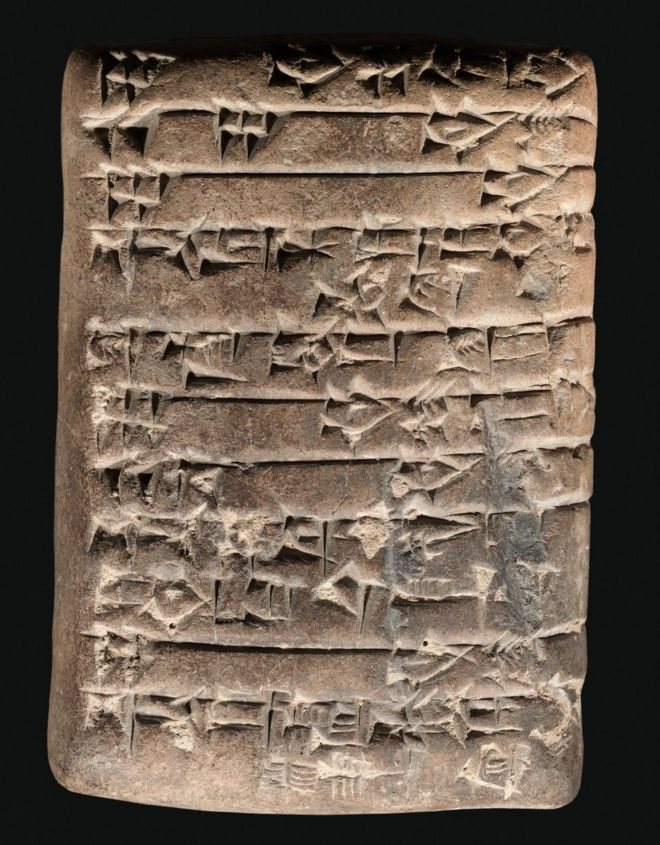
A Trace
A Record
An Account
What is data?

A Story
A Memory
A Promise
What is data?

A Story
A Memory
A Promise
What is data?
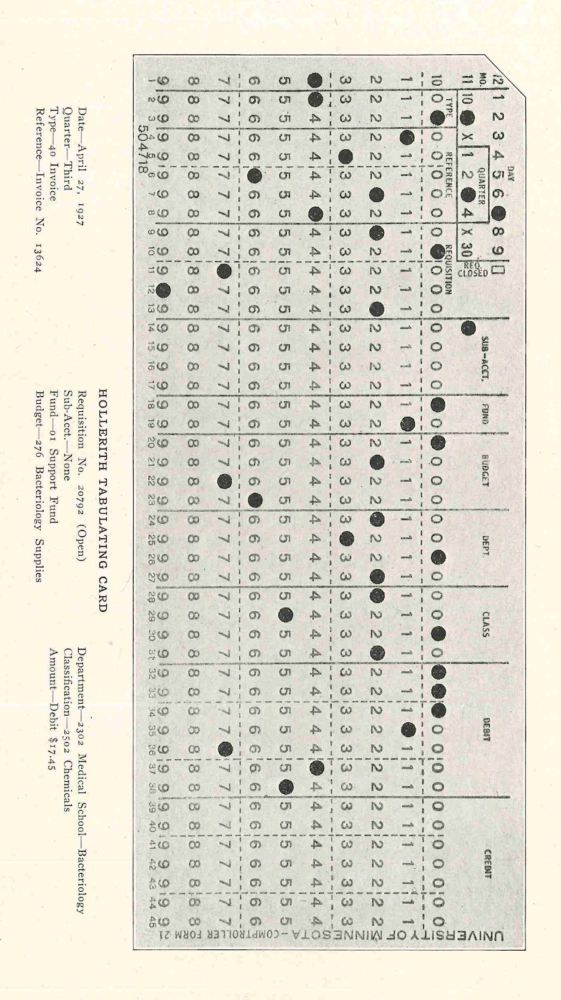
An Action
A Device
A Resource
What is data
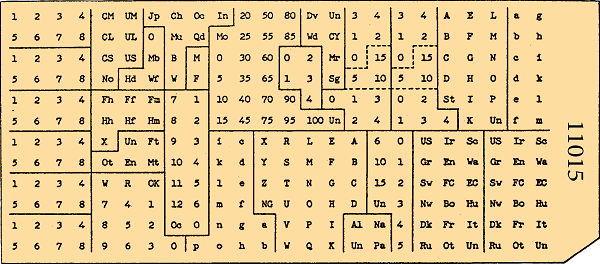
What is data
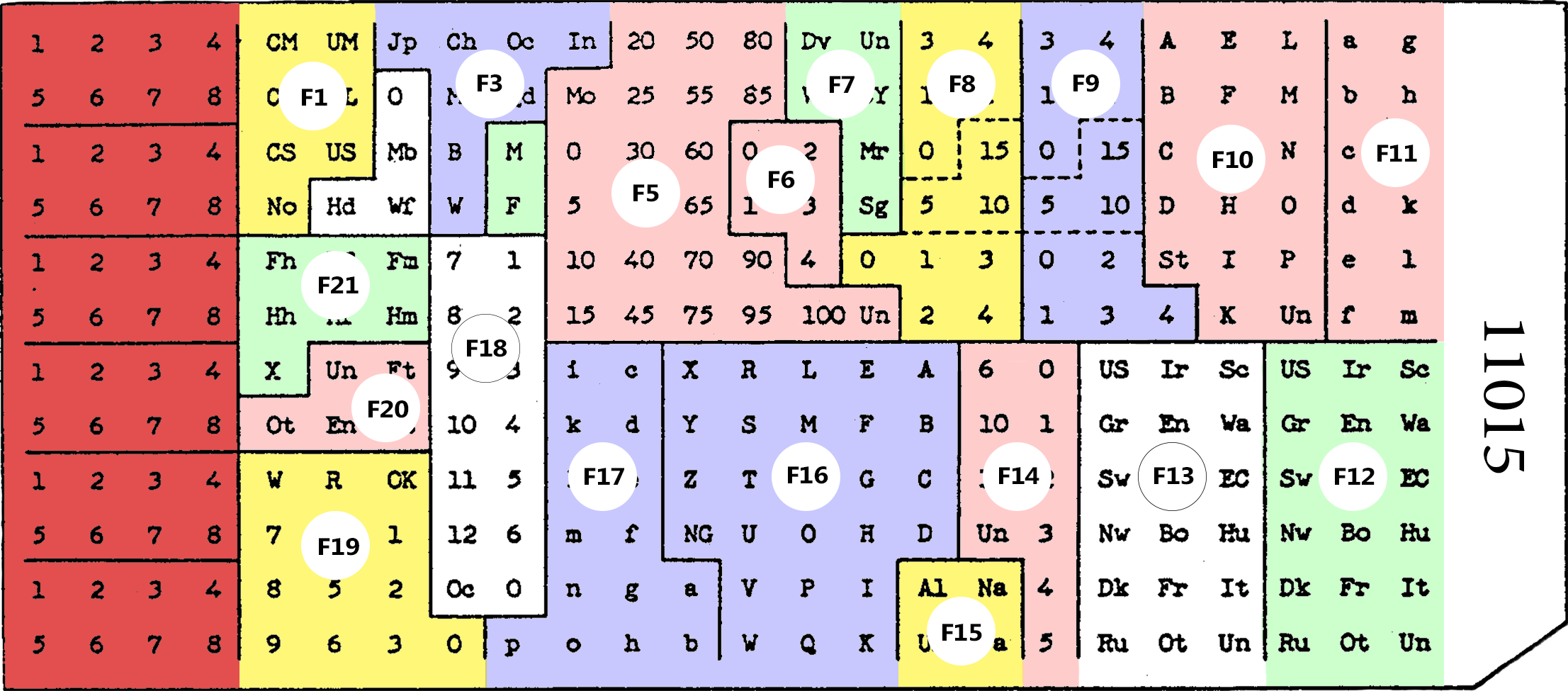
Example: The U.S. Census
The U.S. Census
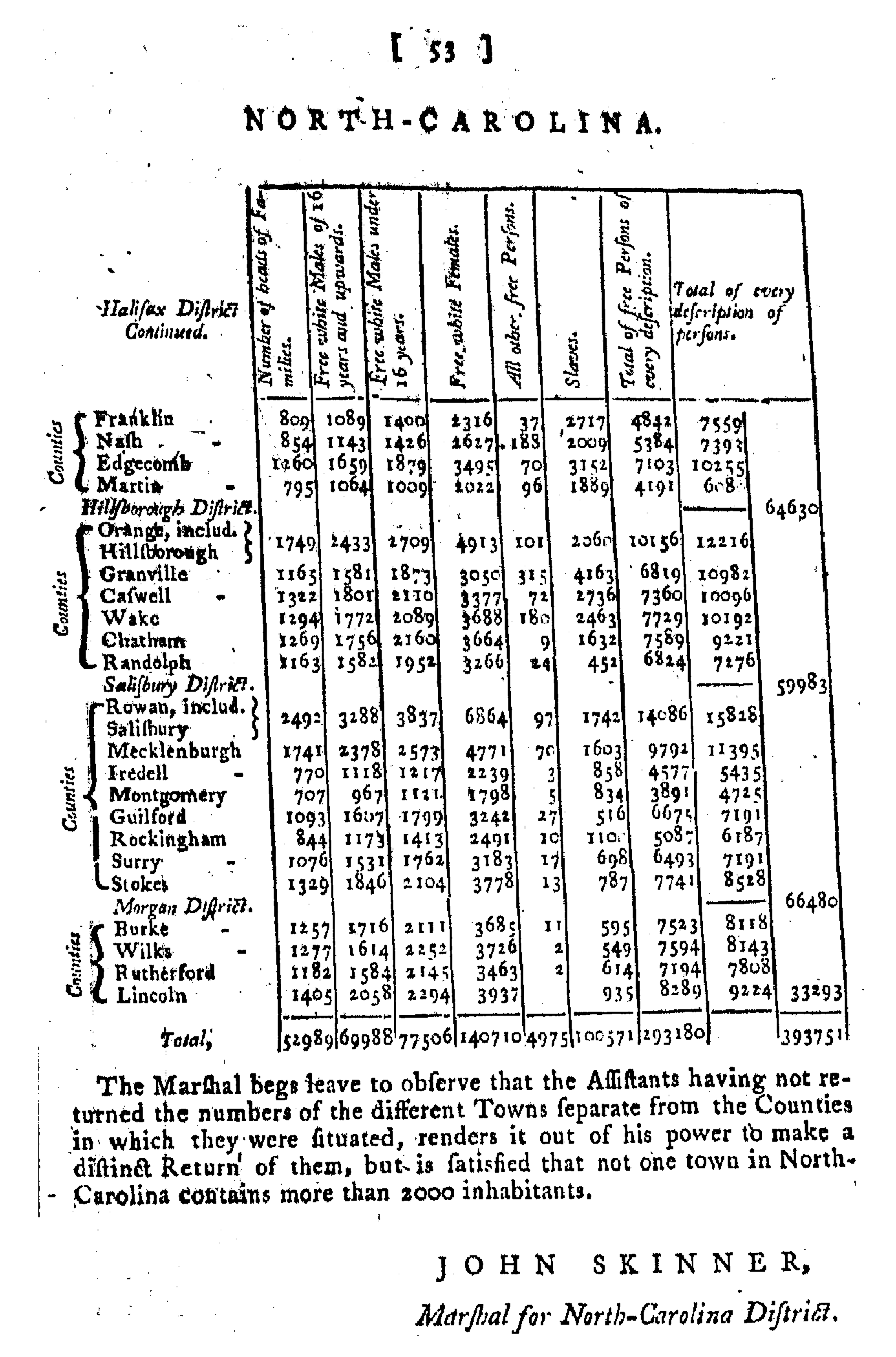
1790 Census record, North Carolina
The U.S. Census
1790
- • Number of free white males aged under 16 years
- • Number of free white males aged 16 years and upward
- • Number of free white females
- • Number of other free persons
- • Number of slaves
The U.S. Census
1790
- • Number of free white males aged under 16 years
- • Number of free white males aged 16 years and upward
- • Number of free white females
- • Number of other free persons
- • Number of slaves
1820
- • The number of free White males and females
- • The number of male and female slaves
- • The number of free colored males and females
- • Number of foreigners not naturalized
The U.S. Census
1830
- • The number of slaves and free colored persons of each sex
- • Number of foreigners not naturalized
The U.S. Census
1830
- • The number of slaves and free colored persons of each sex
- • Number of foreigners not naturalized
1850
- • Free Inhabitants Questionnaire
- • Slave Inhabitants Questionnaire
- • Individual enslaved people listed by owner and assigned a number; names not recorded
The U.S. Census
1860
- • “Color” Question, recorded as White, Black, Mulatto, Chinese, Indian
The U.S. Census
1860
- • “Color” Question, recorded as White, Black, Mulatto, Chinese, Indian
1890
- • “Race”, recorded as White, Black, Mulatto, Quadroon, Octoroon, Chinese, Japanese, or Indian.
The U.S. Census
1900
- • “Color or Race”, recorded as White, Black, Chinese, Japanese, Indian
The U.S. Census
1900
- • “Color or Race”, recorded as White, Black, Chinese, Japanese, Indian
1910
- • White, Black, Mulatto, Chinese, Japanese, Indian, Other
The U.S. Census
1930
- “Mexican” a racial category

The U.S. Census
1930
- “Mexican” a racial category

1940
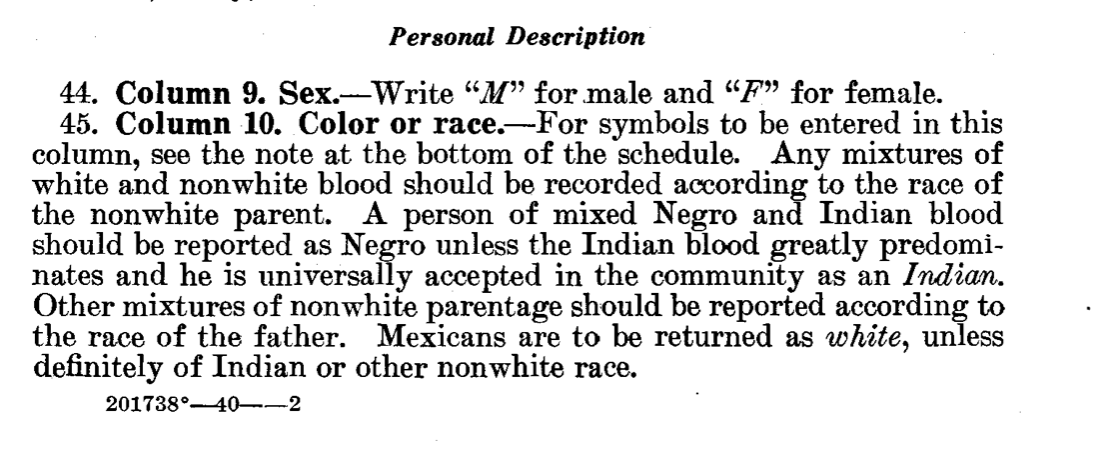
The U.S. Census
1970
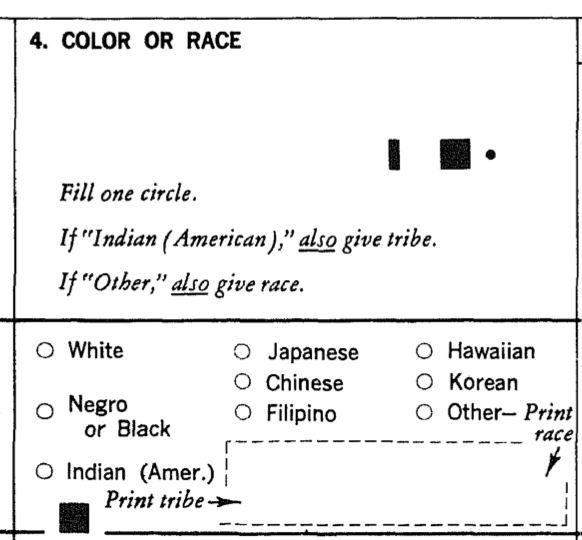
The U.S. Census
1980
- Race and Ethnicity
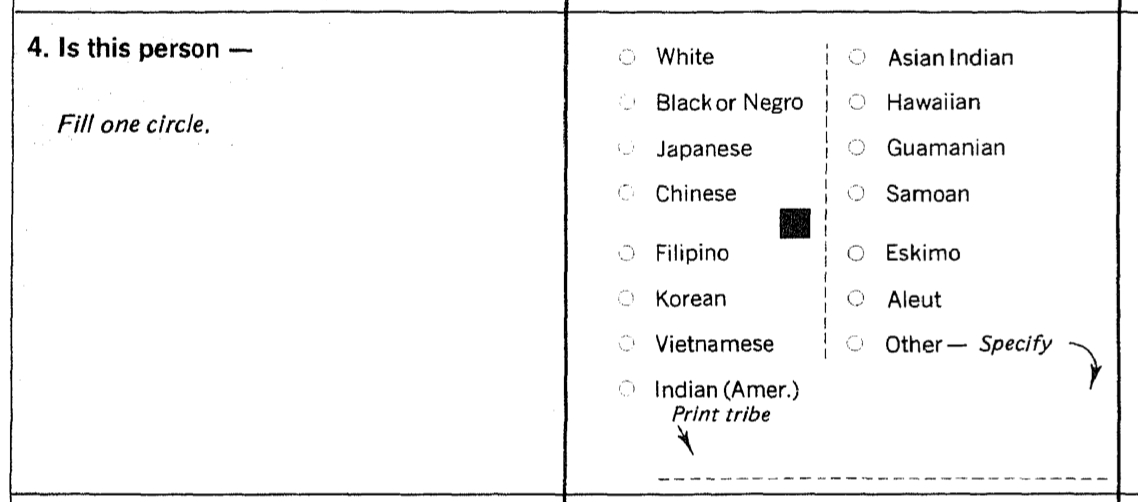

The U.S. Census
1990
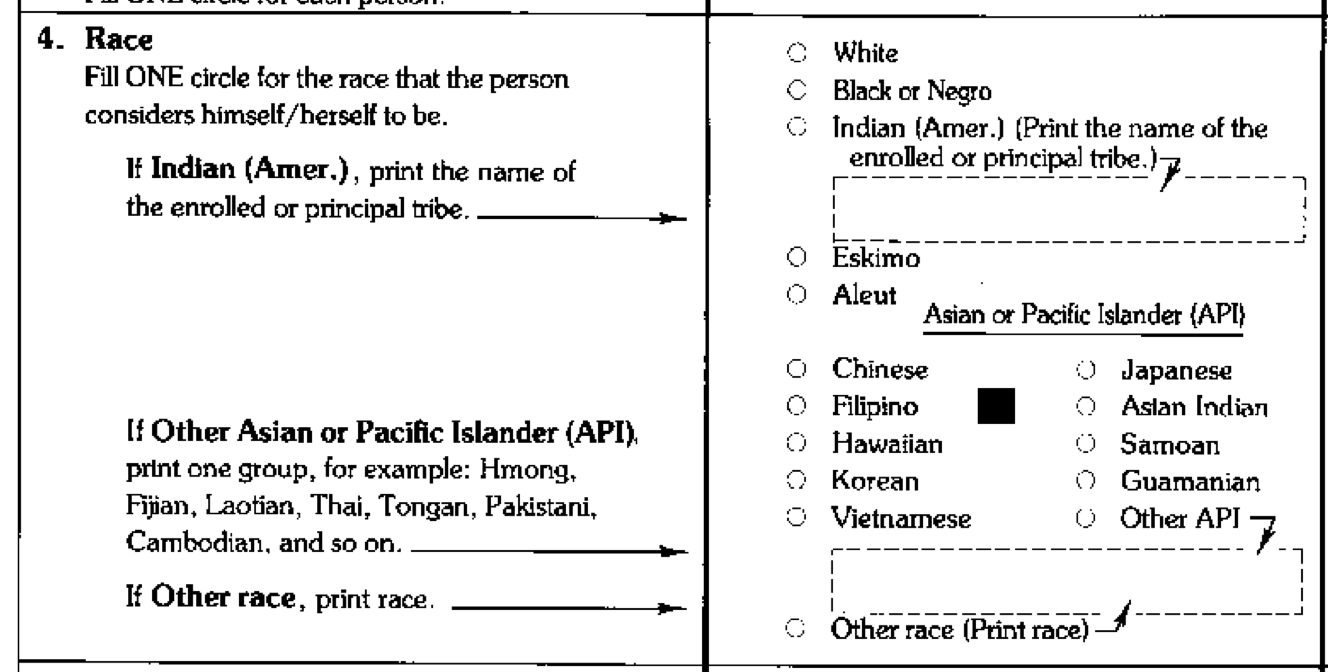

The U.S. Census
2000
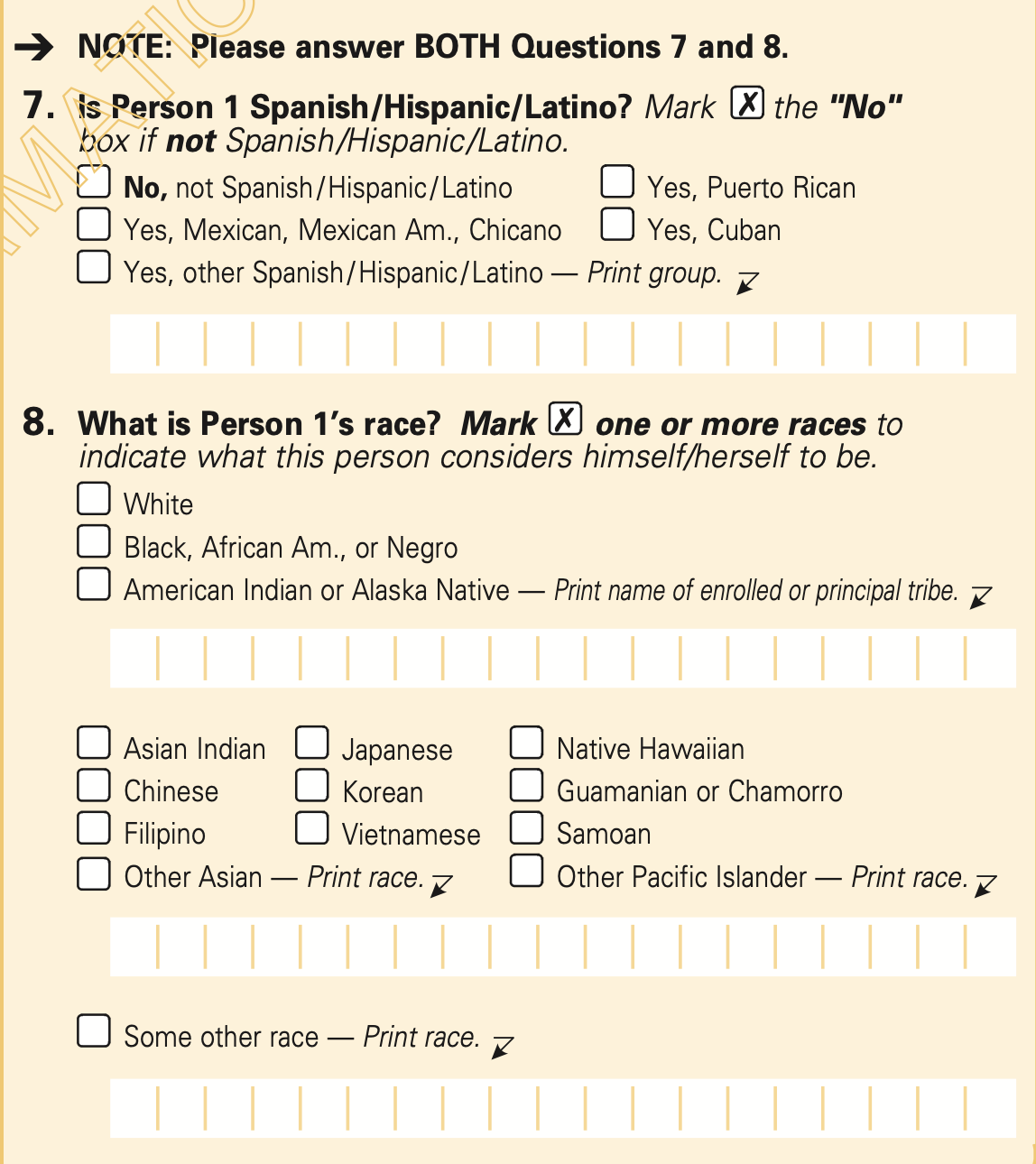
The U.S. Census
2010
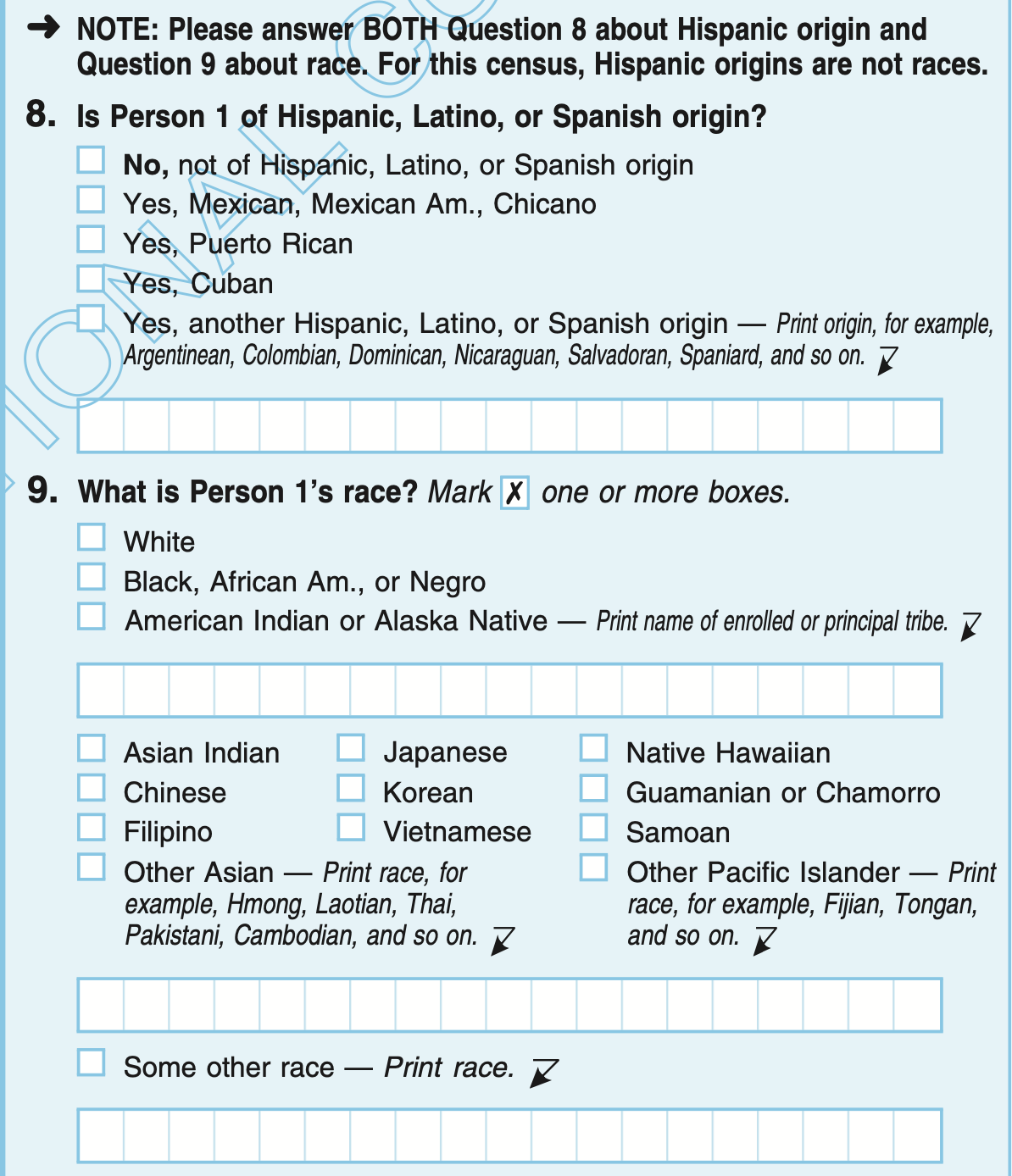
The U.S. Census
2020
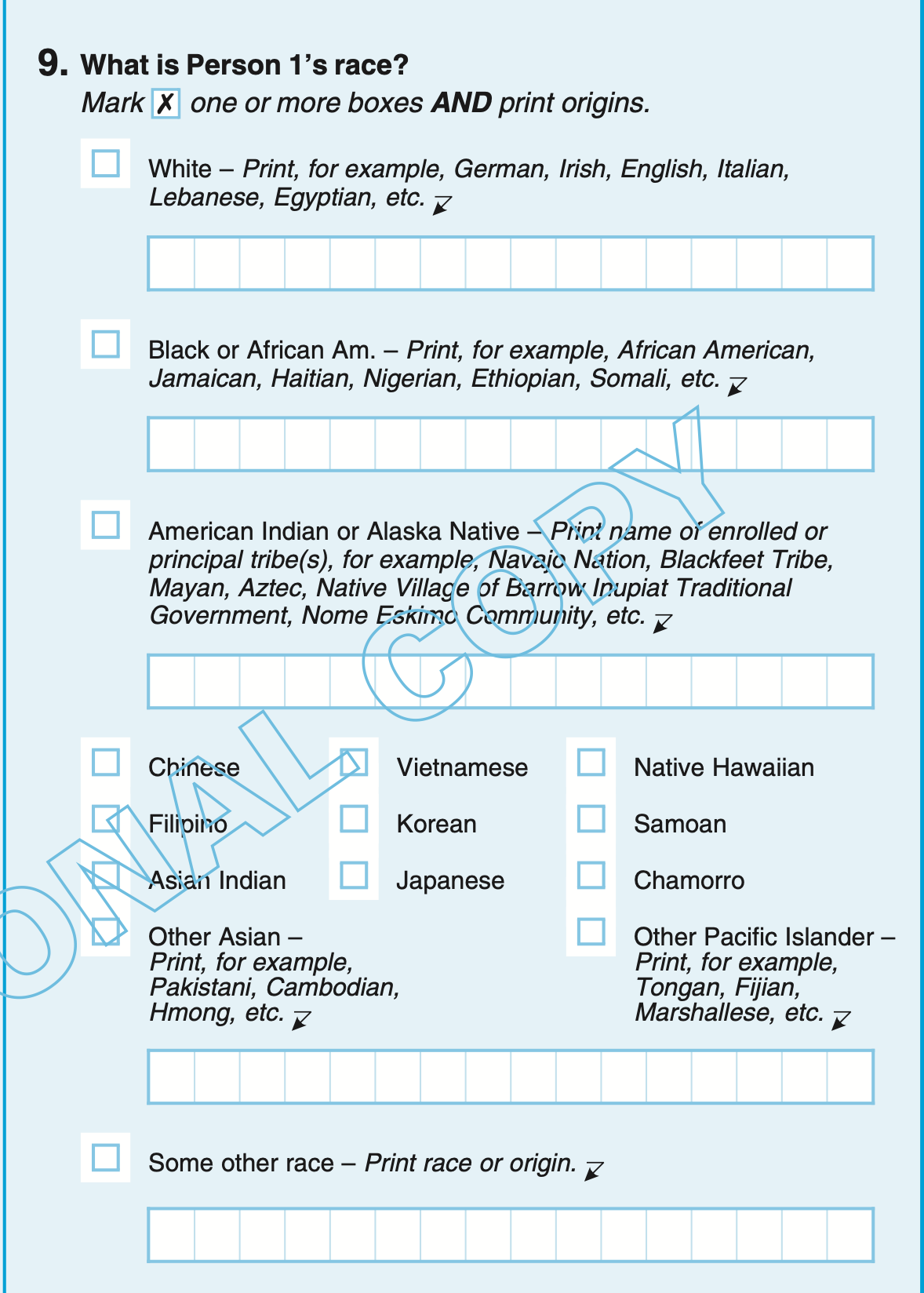
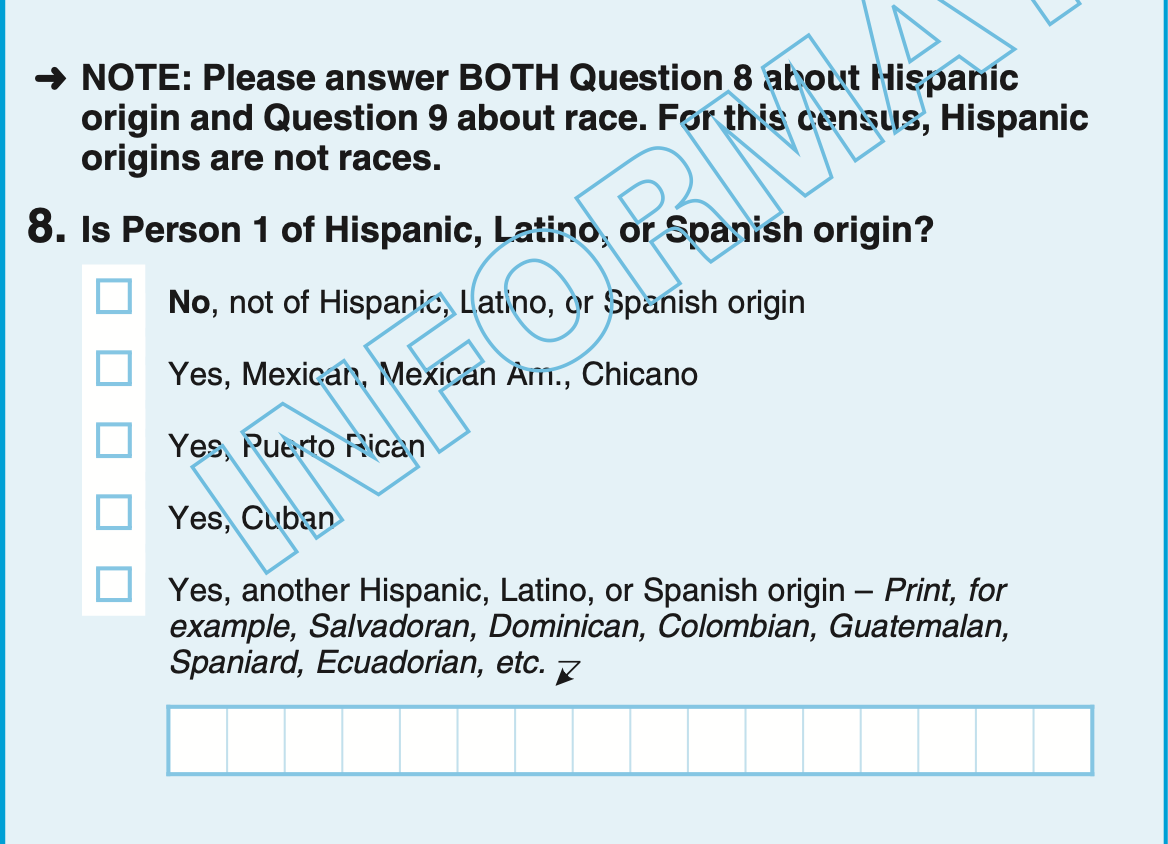
Categories and Classes
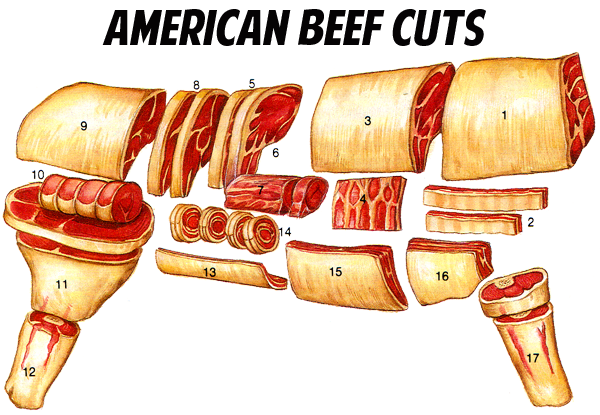
American Beef Cuts
Categories and Classes
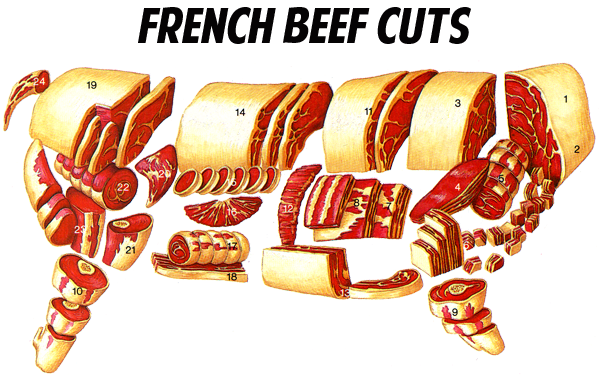
French Beef Cuts
Categories and Classes
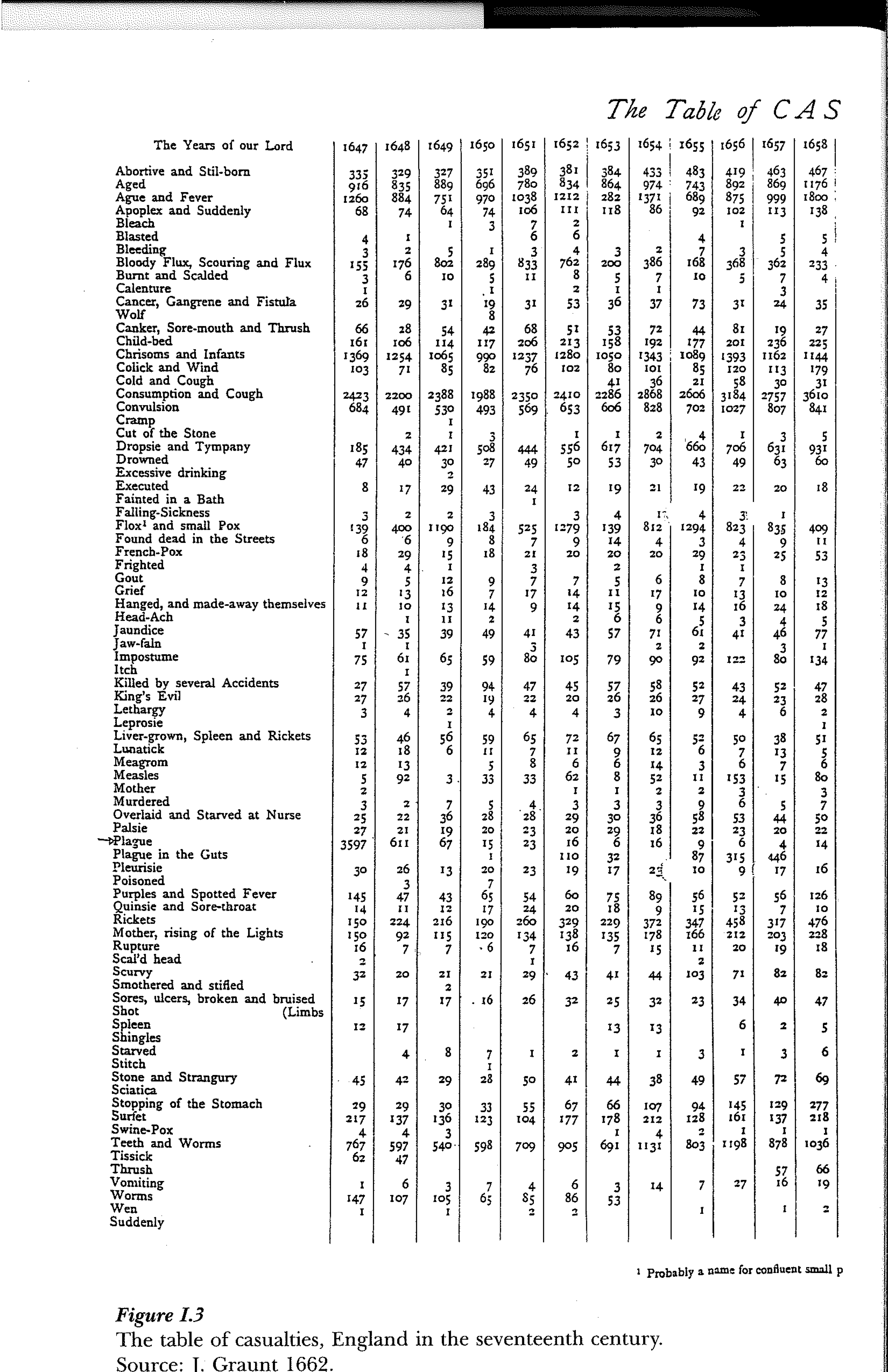
Categories and Classes
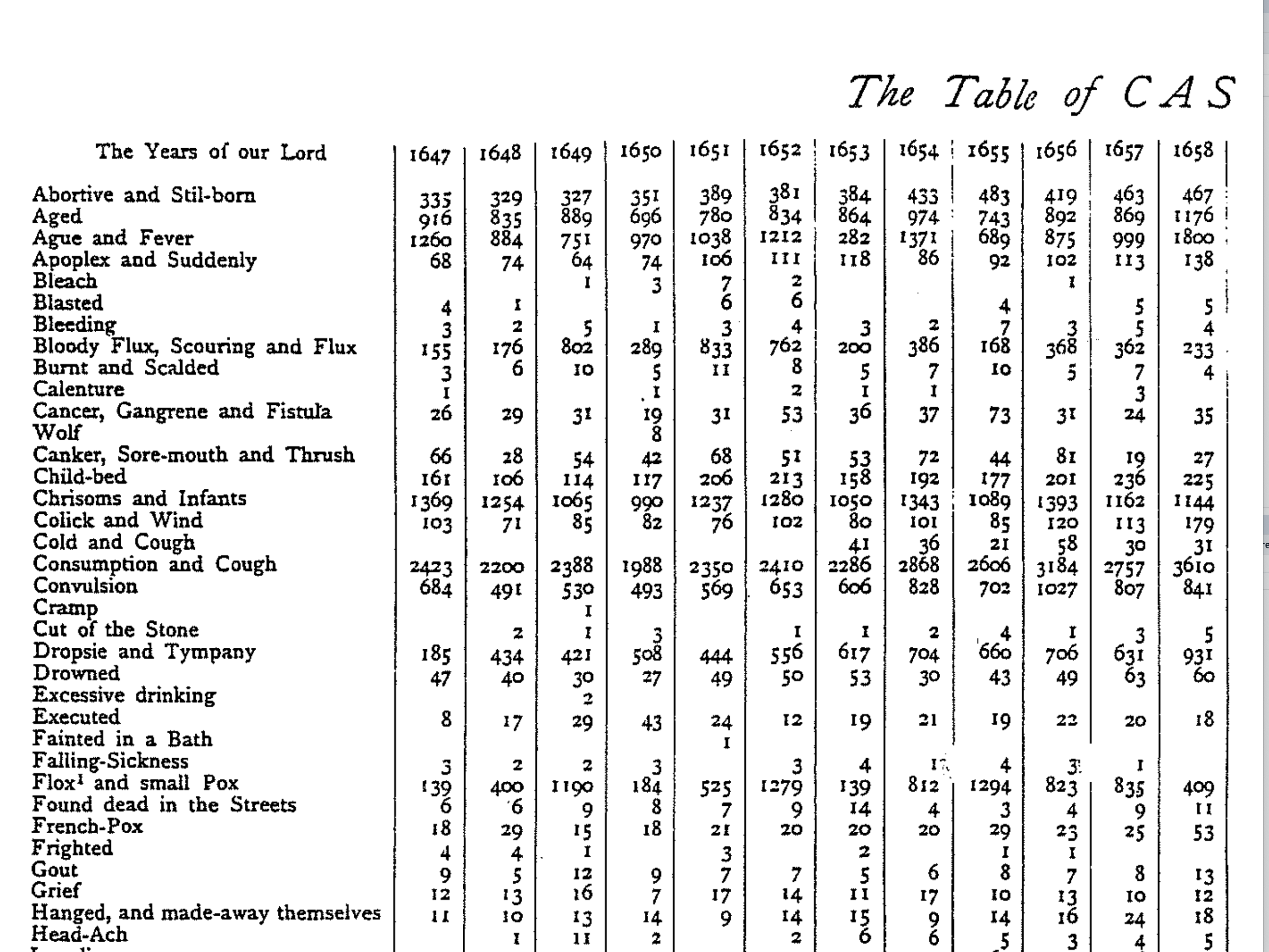
Categories and Classes
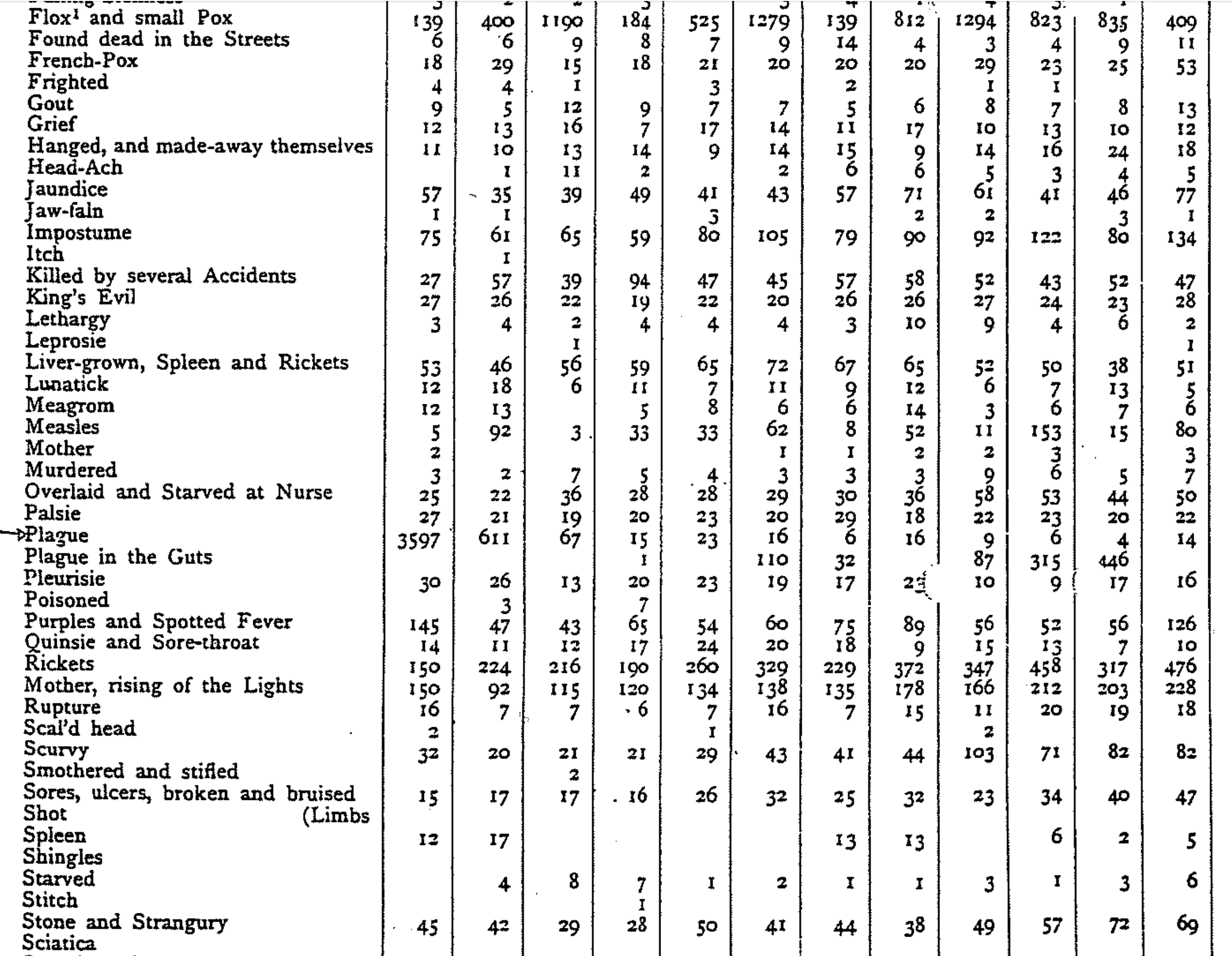
Categories and Classes
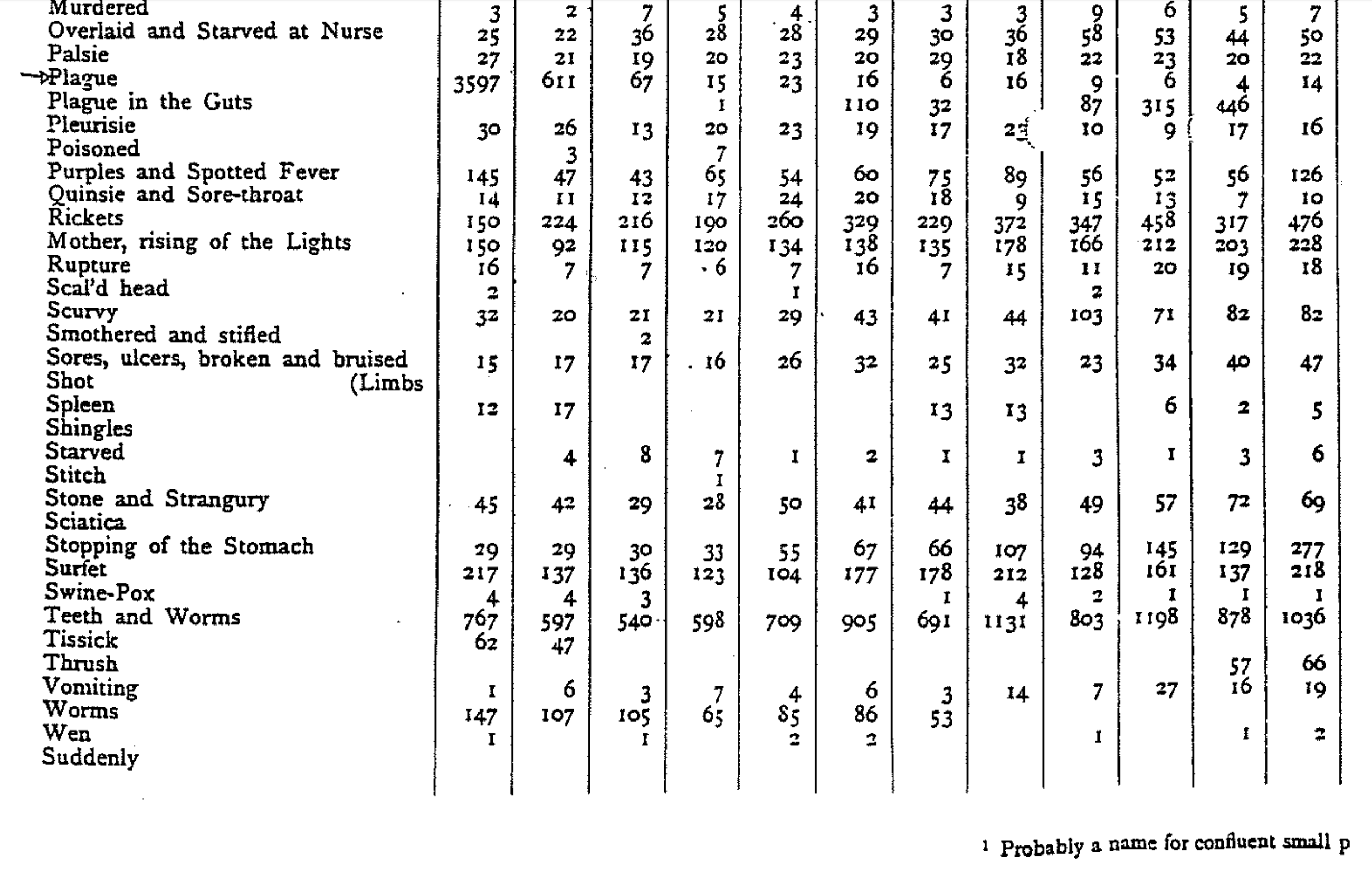
ICD Codes
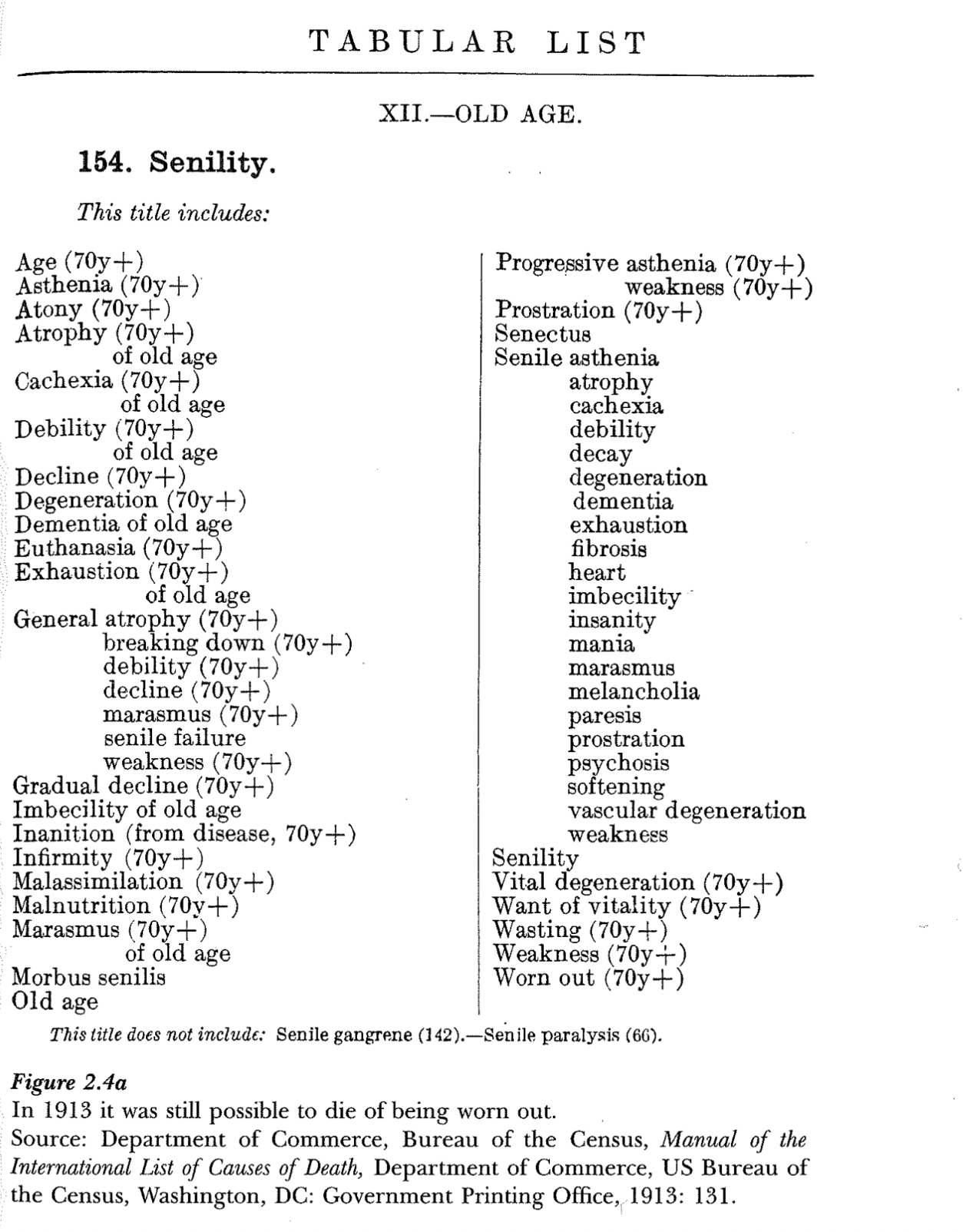
ICD Codes
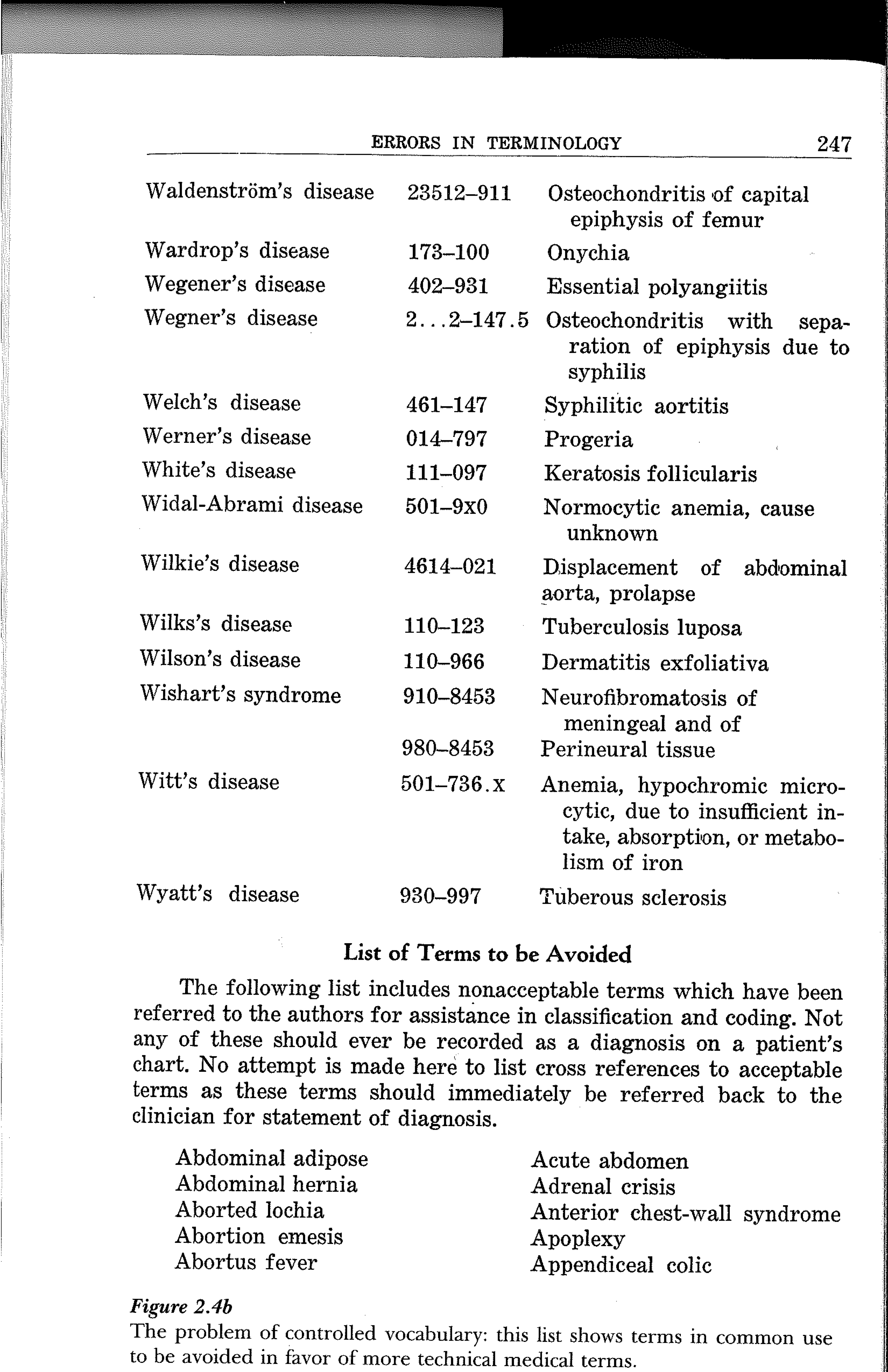
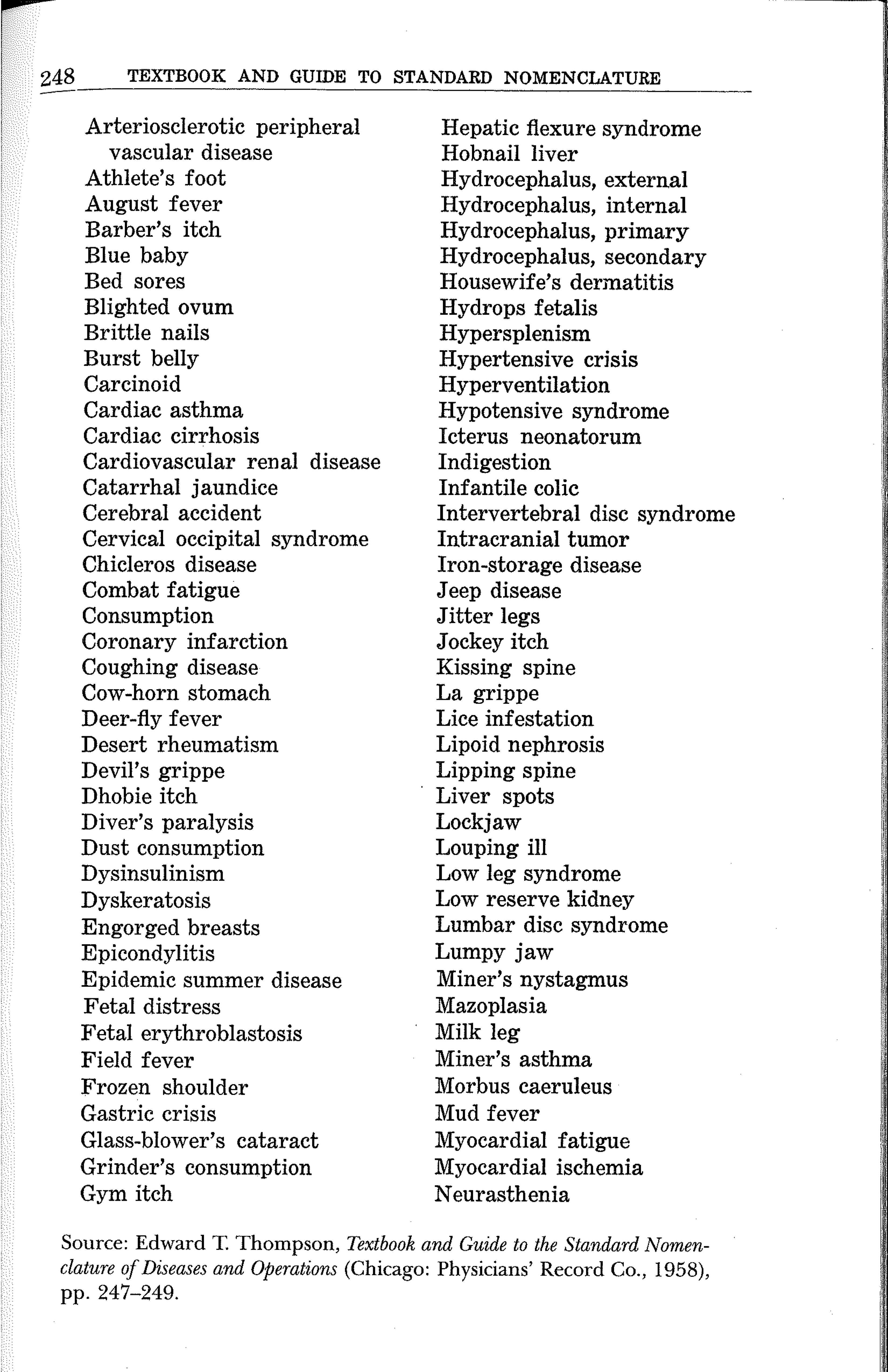
ICD Codes
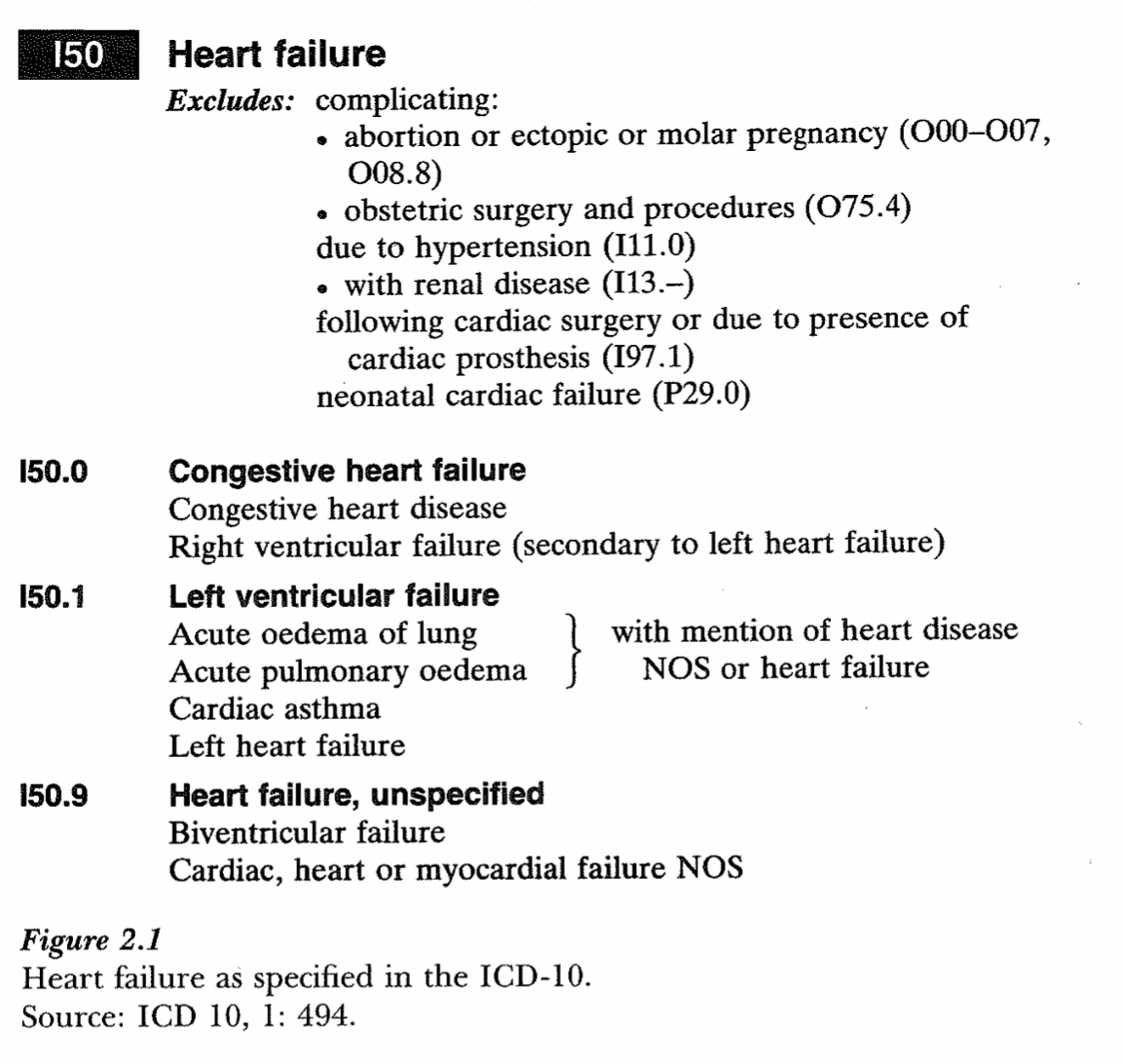
ICD Codes
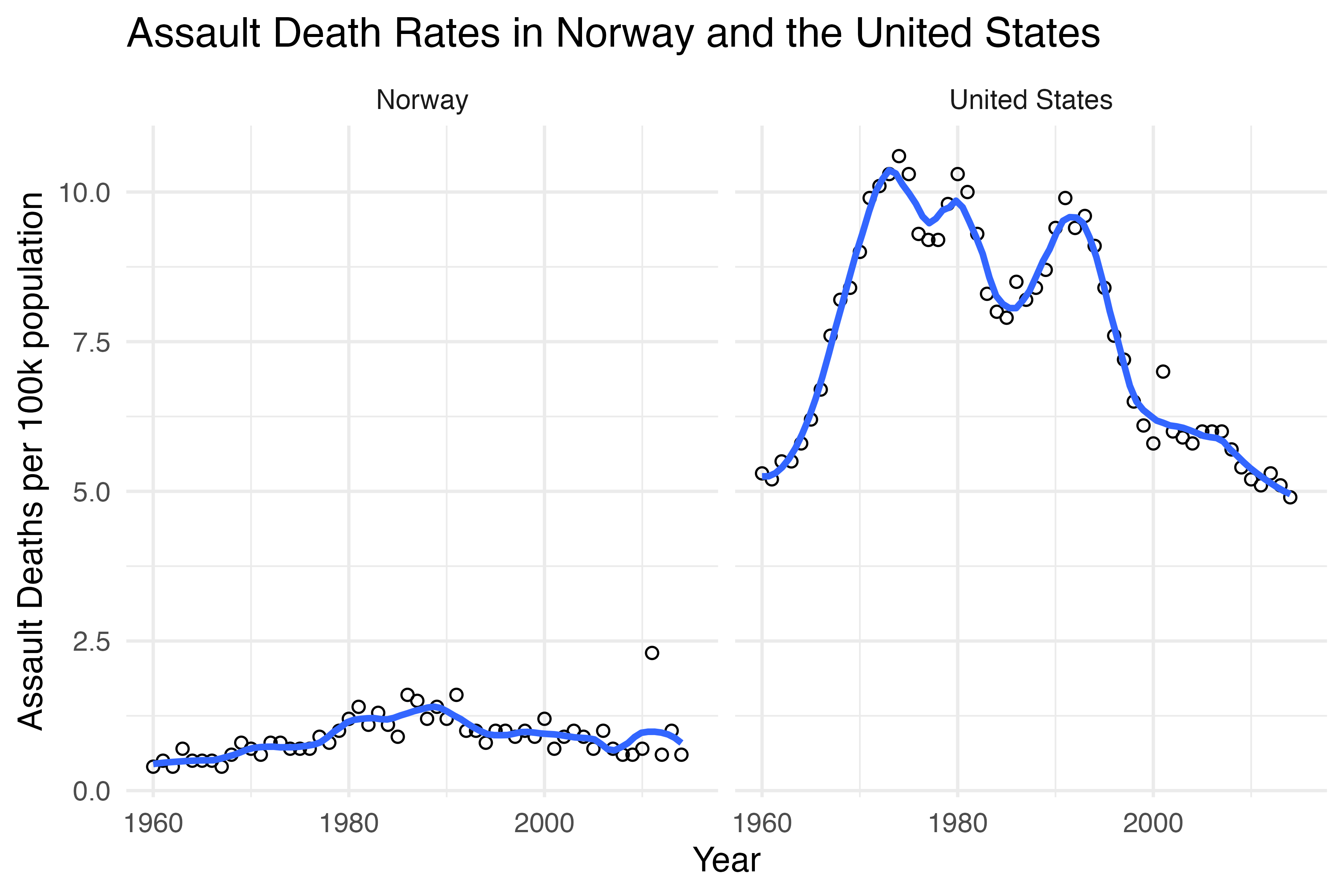
ICD Codes

ICD Codes

CDC WONDER
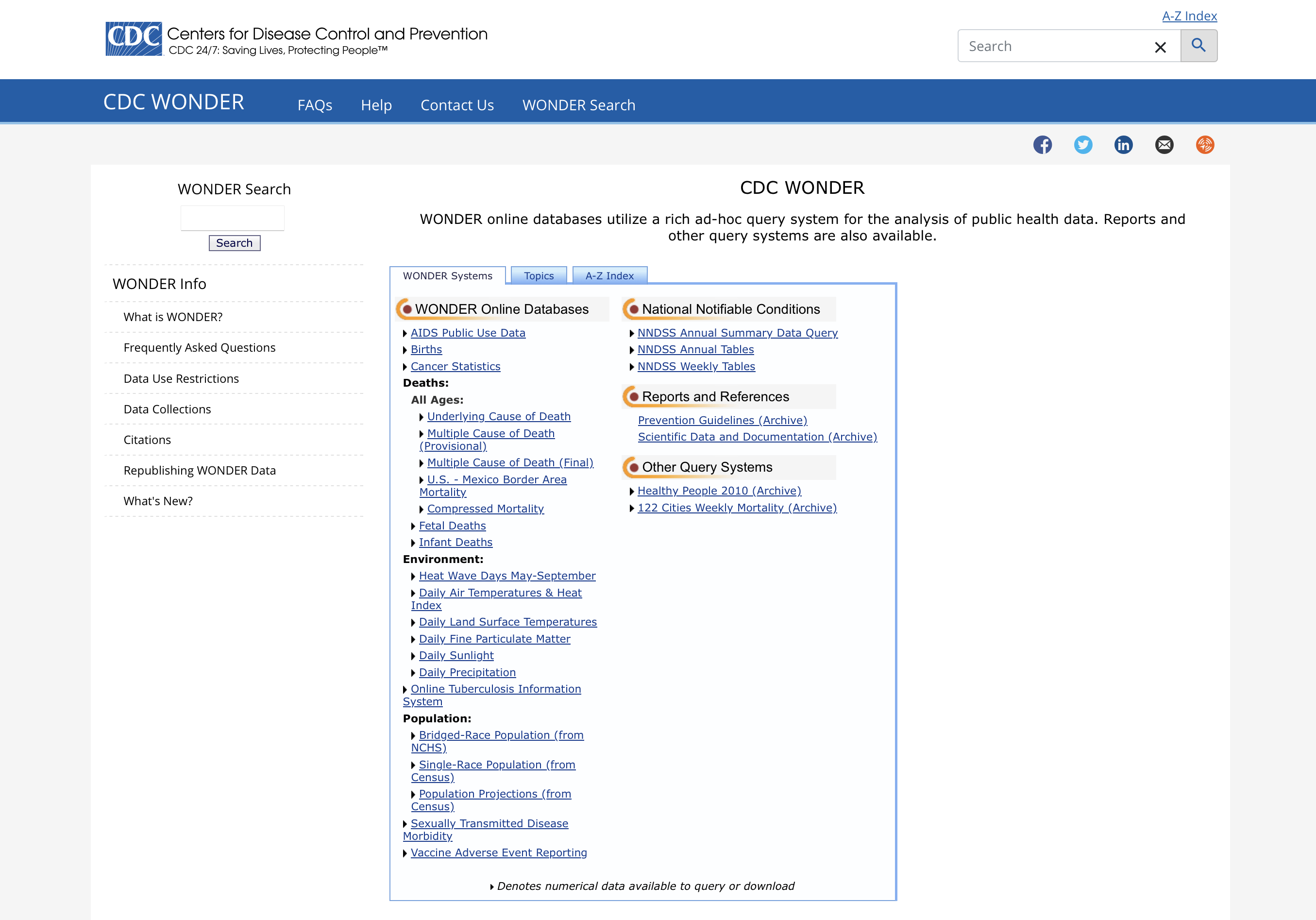




Social Classification